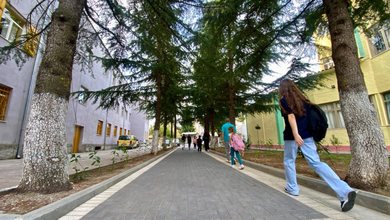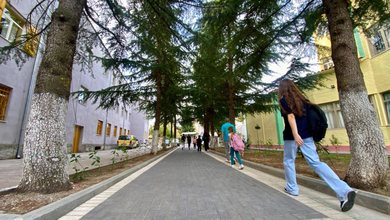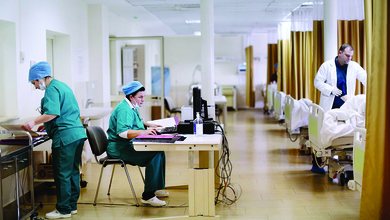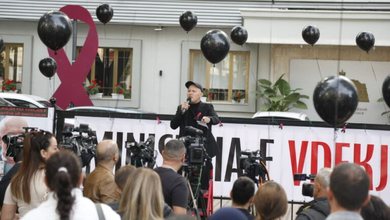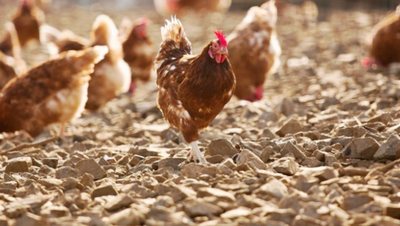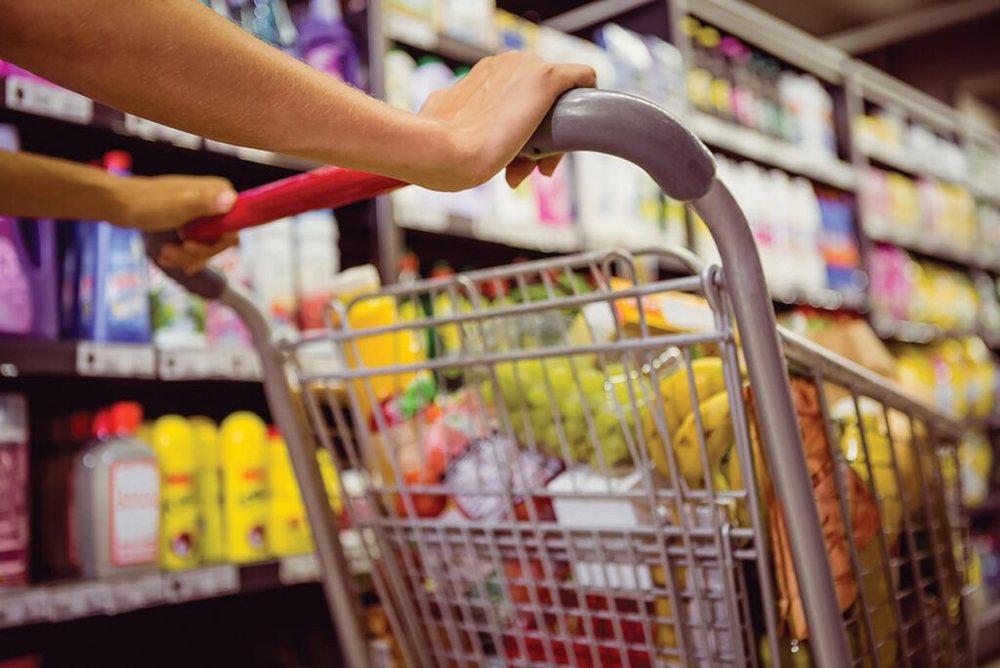
Albanian families spend an average of 39.5% of their monthly budget on food purchases, but in most regions of the country this indicator is higher.
According to INSTAT data for 2023, the highest weights of monthly household expenditures on food were recorded in the regions of Dibër 53.8%, Elbasan 49.5% and Shkodër 47.9%.
The map below shows that consumption expenditures in the category "Food, non-alcoholic beverages, alcoholic beverages and tobacco" are highest in the interior and northeastern regions of the country, while lowest in urban and coastal areas.
The Dibra and Elbasan regions rank among the poorest in this indicator. This means that almost half of the budget of an average family in these areas is spent on basic food products, leaving less room for spending on education, health, transportation or culture.
Only families in Tirana spend less than 40 percent of their budget on food. In the Vlora region, families spend between 40.1–44 percent of their monthly budget on food.
In 10 other regions of the country, over 44% of the monthly budget goes to food; in Kukës, Korçë and Berat, the percentage ranges from 44% to 48%, indicating an intermediate level of food expenditures in relation to income.
INSTAT's Household Budget Survey data highlight that, although the share of food expenditures in total consumption has decreased over the past decades, it still remains high compared to other countries in the region, reflecting the relatively low level of per capita income in Albania.
The high share of food in household spending is an indicator of low income and poor welfare. The higher the percentage of the budget spent on food, the less flexibility the family has to cope with price increases or economic crises.
In 2023, households in the European Union spent an average of 13 percent of their monthly budget on food and drinks.
In the case of Albania, especially in poor regions like Dibra or Elbasan, the household economy is focused on survival, not development or savings. / Monitor /



